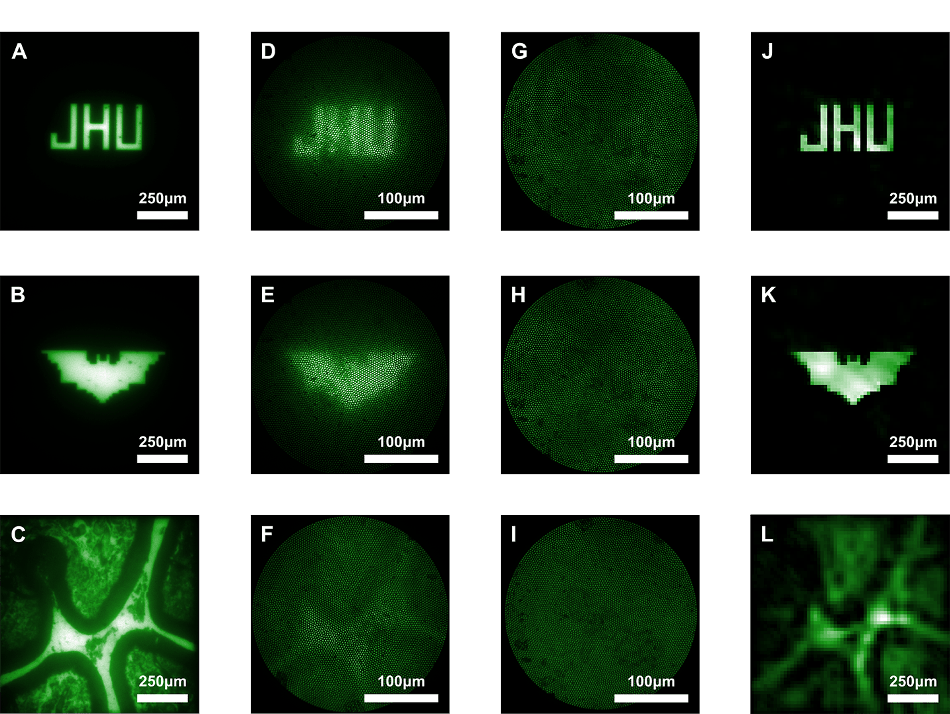Dec 9 2019
Engineers at Johns Hopkins University have developed an innovative, ultra-miniaturized, lens-free endoscope that has a width of just a few human hairs. This endoscope has the potential to generate high-quality images. The results of the study have been recently published in Science Advances.
 Image Credit: Mark Foster.
Image Credit: Mark Foster.
Usually, you have to sacrifice either size or image quality. We’ve been able to achieve both with our microendoscope.
Mark Foster, Study Corresponding Author and Associate Professor, Electrical and Computer Engineering, Johns Hopkins University
Microendoscopes are specifically developed to investigate neurons as they fire in the brains of animal test subjects, and therefore, they should have a small dimension and still be sufficiently strong to generate a clear image.
A majority of the regular microendoscopes have a diameter of approximately half a millimeter to a few millimeters and, hence, need larger and more invasive lenses to obtain high-quality imaging.
Although lens-free microendoscopes are available, the optical fiber—scanning the brain area pixel by pixel—often bends and tends to lose imaging potential upon moving.
Foster and collaborators successfully produced an ultra-miniaturized microendoscope in their latest research. When compared to a traditional lens-based microendoscope, the new, lens-free microendoscope boosts the amount that can be viewed by scientists and also enhances the quality of images.
In order to test their new device, the researchers analyzed beads in varying patterns on a slide. They accomplished this feat by utilizing a coded aperture, a flat grid that haphazardly blocks light and produces a projection in an identified pattern. This is similar to haphazardly poking a bit of aluminum foil and allowing light all through the tiny holes.
This generates an unkempt image, but one that offers plenty of data about the origin of light, and that data can be computationally rebuilt into a more evident image.
For thousands of years, the goal has been to make an image as clear as possible. Now, thanks to computational reconstruction, we can purposefully capture something that looks awful and counterintuitively end up with a clearer final image.
Mark Foster, Study Corresponding Author and Associate Professor, Electrical and Computer Engineering, Johns Hopkins University
Moreover, the microendoscope developed by Foster’s team does not need movement to focus on objects at varying depths; they find out the actual origin of the light in three dimensions by utilizing computational refocusing. This enables the endoscope to be relatively smaller when compared to conventional versions.
In the future, the scientists will test their new microendoscope using fluorescent labeling procedures that involve tagging and illumination of active brain neurons to find out the precision of the endoscope in imaging neural activity.